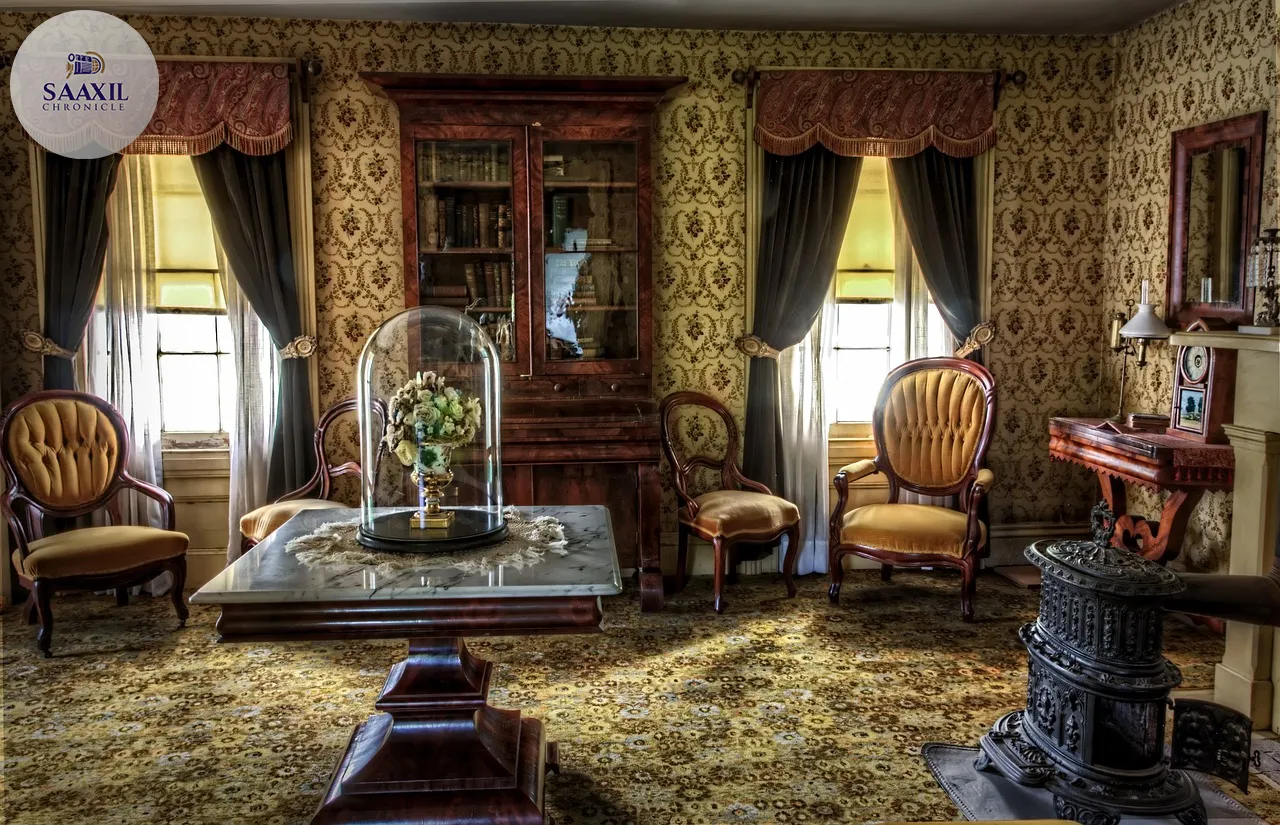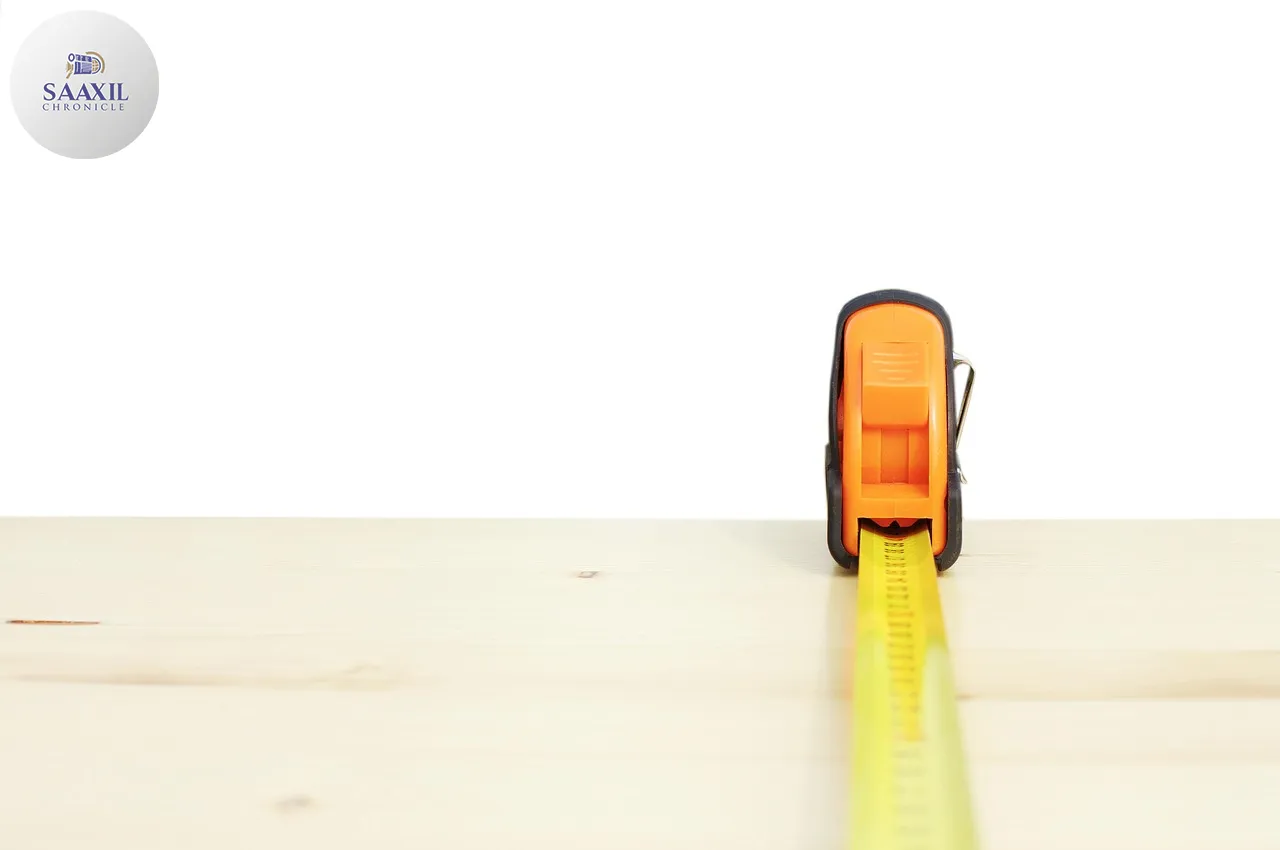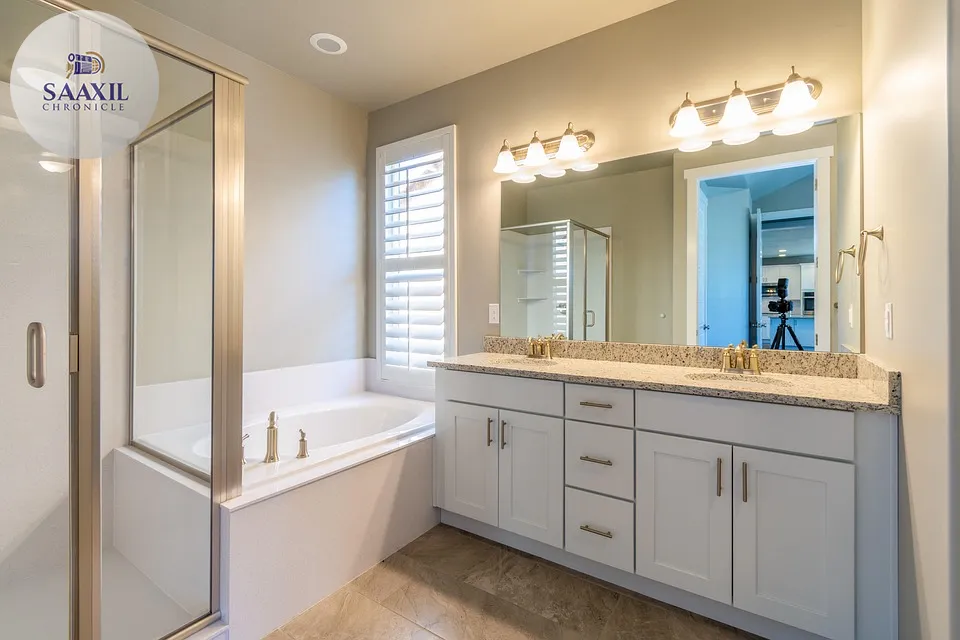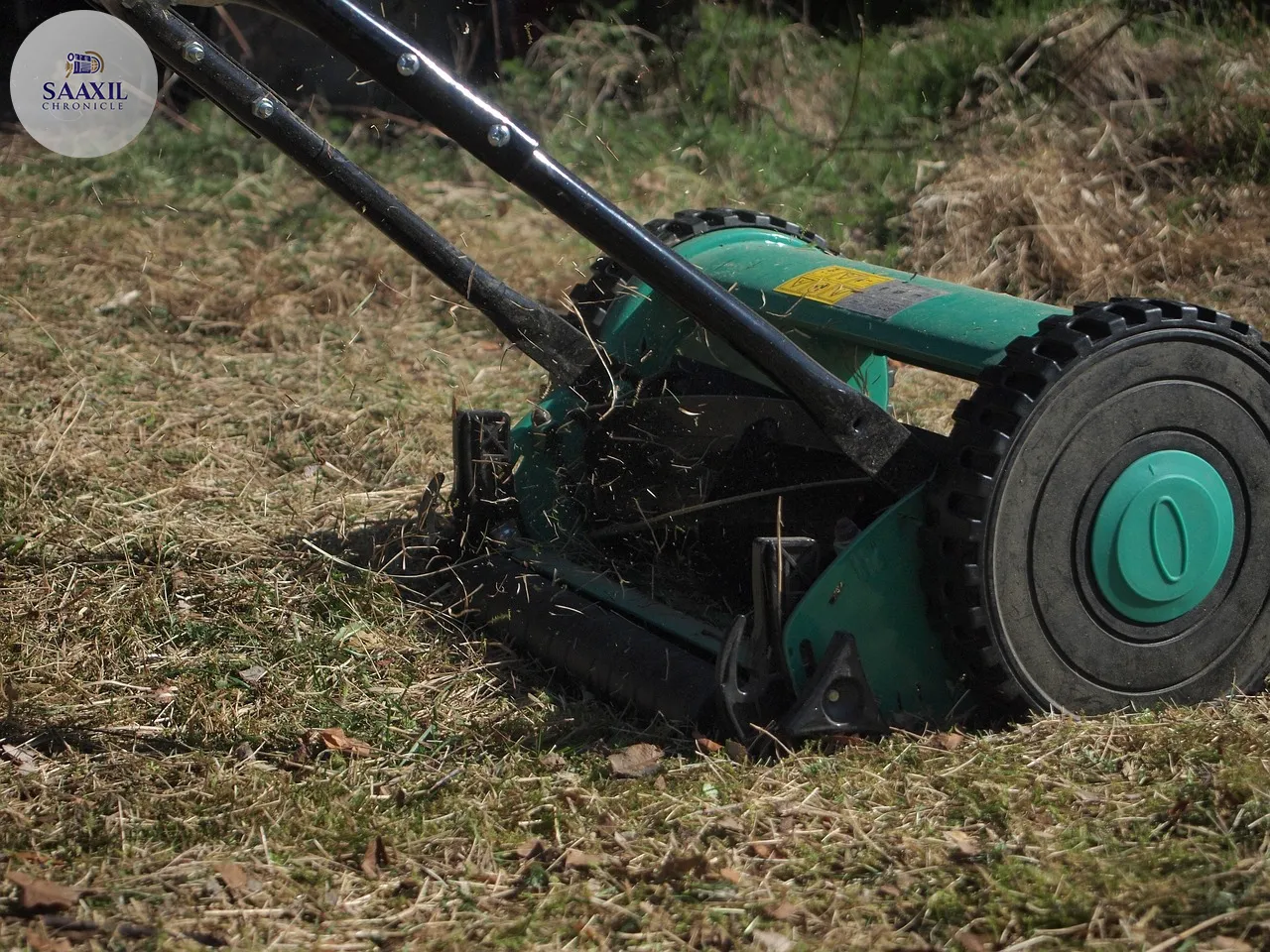An eye-catching transformation has captured the attention of design enthusiasts worldwide. A savvy DIYer has turned an unusual secondhand find into a striking focal point for their living room, demonstrating the power of creativity and resourcefulness in home décor. This remarkable makeover highlights the growing trend of repurposing unique items to breathe new life into living spaces.
The Discovery and Transformation
In early March 2025, an intriguing piece of furniture—a panther-shaped table—was discovered at a local secondhand market. The DIYer, known for their keen eye for potential, immediately saw the possibilities beyond the table’s worn exterior. With a modest budget of £370, they embarked on a project to transform the table into a captivating piece that now stands proudly in their living room.
The makeover involved a series of carefully planned steps. The DIYer began by sanding down the table to remove old paint and imperfections. Next, they applied a fresh coat of paint, opting for a sleek black finish to accentuate the table’s unique shape. The addition of a glass tabletop completed the transformation, turning the once-overlooked item into a sophisticated centrepiece.

The Growing Trend of Secondhand Revamps
The rise of DIY makeovers reflects a broader shift in consumer behaviour. As people become more environmentally conscious, there is a growing interest in repurposing secondhand items rather than buying new. This trend not only reduces waste but also allows individuals to express their personal style in unique and creative ways.
Experts in sustainable design note that such projects can significantly extend the lifespan of furniture, reducing the environmental impact of manufacturing and disposal. “Repurposing items is a fantastic way to personalise your space while being kind to the planet,” says Sarah Green, a sustainable design consultant. “It’s about seeing potential where others might not.”
Step-by-Step: How to Transform Secondhand Finds
For those inspired by this transformation, there are several key steps to consider when revamping secondhand items. First, evaluating the structural integrity of the piece is crucial. Ensuring the item is sturdy provides a safe foundation for any makeover efforts. Next, it’s important to clean and prepare the surface, removing any dirt or old finishes.
Once the piece is prepped, the creative process begins. Selecting the right materials and finishes can dramatically alter the appearance and functionality of the item. Whether it’s a new coat of paint, reupholstering, or adding decorative elements, the possibilities are endless.
The Impact on Home Décor Trends
This DIY success story is part of a larger movement influencing home décor trends. As more individuals share their projects on social media platforms, the appeal of personalised and unique home furnishings is growing. This shift is evident in the increasing popularity of hashtags like #DIYHomeDecor and #UpcycledFurniture, which showcase a plethora of innovative ideas and transformations.
Retailers are also taking note, with some offering workshops and resources to encourage customers to undertake their own DIY projects. This trend not only supports creativity but also fosters a community of like-minded individuals who value sustainability and originality.
Looking Forward: The Future of DIY Makeovers
The success of this panther table transformation signals a promising future for DIY makeovers. As more people embrace the concept of upcycling, we can expect to see even more inventive and inspiring projects. This movement not only enhances personal living spaces but also contributes positively to environmental sustainability.
As consumers continue to seek out ways to personalise their homes, the demand for secondhand items and DIY projects is likely to grow. This trend represents a shift towards more mindful consumption, where the focus is on quality, creativity, and sustainability rather than mass-produced goods.
In conclusion, the transformation of this unique secondhand find into a stunning living room centrepiece exemplifies the power of creativity and sustainability in home décor. As more people discover the joys of DIY makeovers, the potential for innovation and personal expression in home design remains limitless.




